Virginia Hall established one of the most successful espionage rings in France during World War II armed with cunning, resilience, courage… and a wooden leg.
The Limping Lady, as she would come to be called by the Germans, managed to evade capture despite a huge manhunt, and even survived a two-day hike over the snowy pyrenees mountain range in the depths of winter to reach safety.
The astonishing story of how a 34-year-old woman with a below-knee amputation battled discrimination in the War Office and then built up a potent resistance network has now been made into a film, A Call to Spy, which brings to light the bravery of female agents who were sent on missions that often had less than a 50 per cent chance of survival.
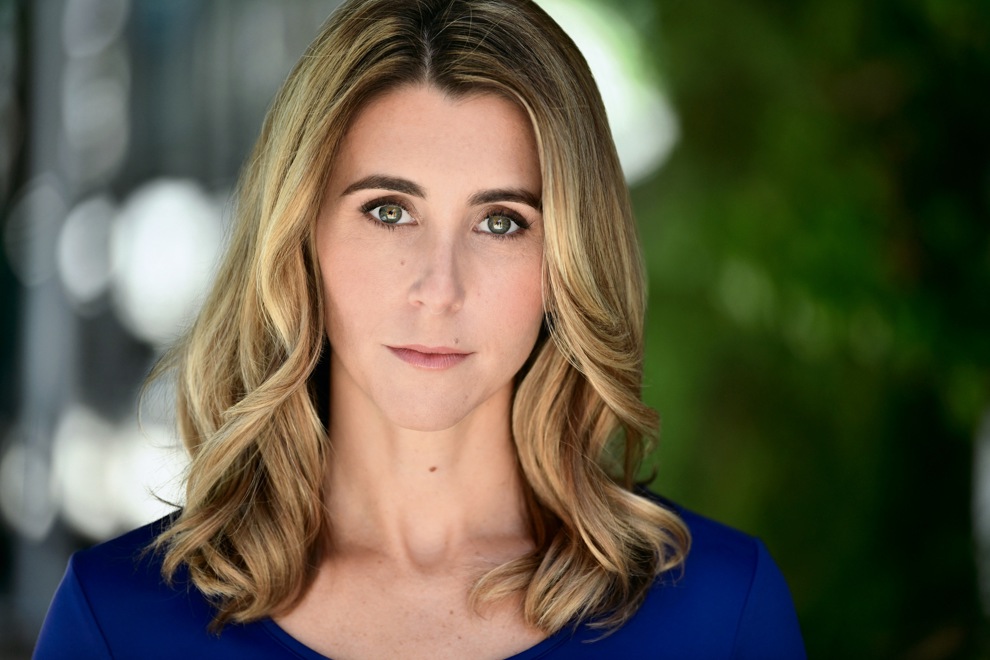
Virginia Hall walked with a clunky wooden leg that she christened Cuthbert. It was attached to her body with leather straps and was supported by metal struts. She was repeatedly turned down for diplomatic roles but eventually gained the confidence of Vera Atkins, the ‘spymistress’ of the Special Operations Executive (SOE) which was dubbed Churchill’s Secret Army.
“These women put their lives on the line at what was the start of the spy network when there was a 50-50 chance of survival – their bravery to take that on was just incredible,” says Sarah Megan Thomas, an award-winning producer, writer and actress, who wrote the
film’s screenplay and plays the role of Virginia Hall.
Sarah spent four years researching the background of Hall and her fellow agent Noor Inayat Khan, combing through SOE files and interviewing living relatives to create the stylish and nerve-jangling dramatisation of their efforts to undermine the Nazi war machine.
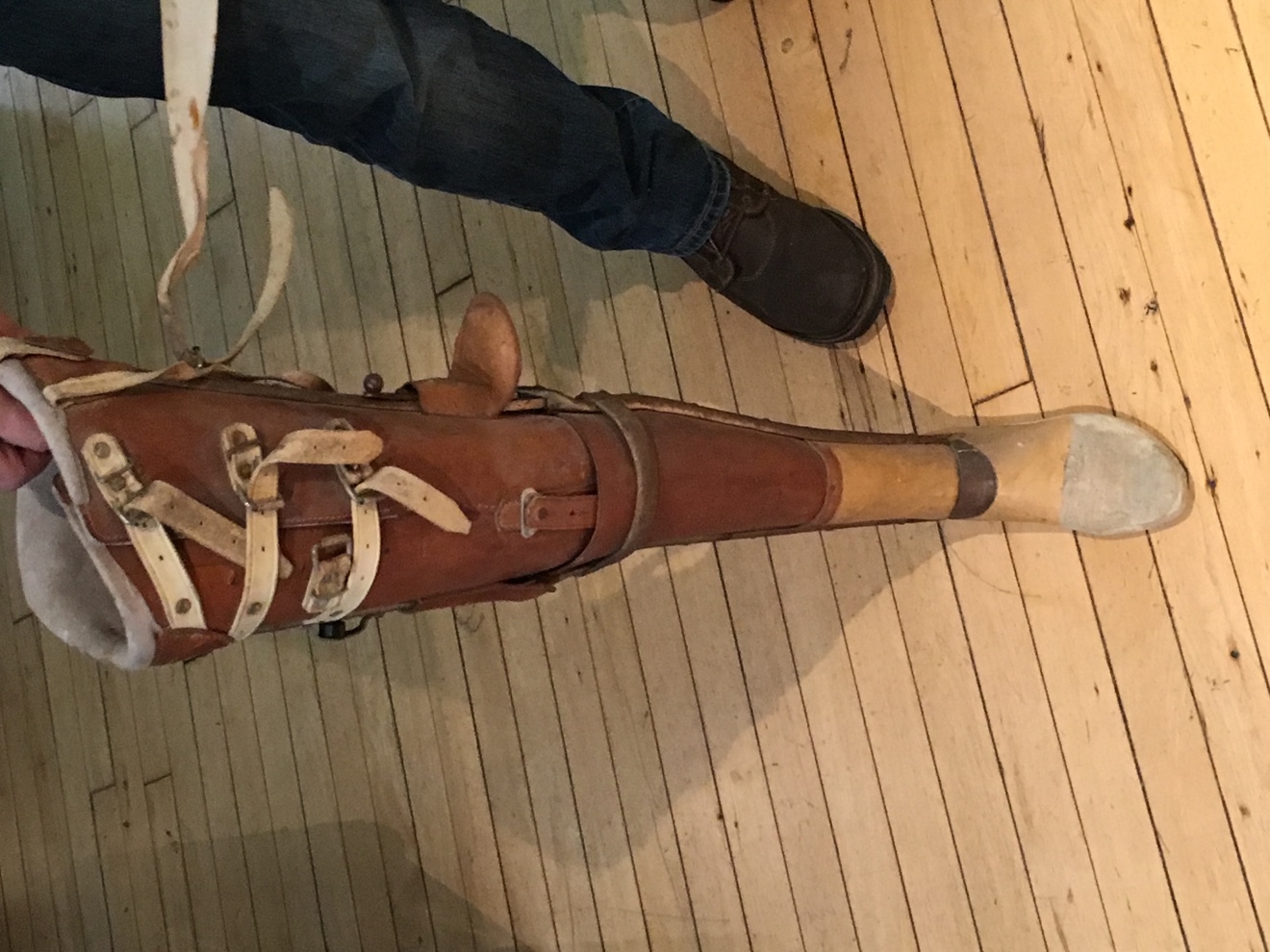
She discovered that Hall had needed surgery after tripping and shooting herself in the leg while out hunting. Sarah also consulted with experts as to the standard of prosthetics in the 1940s and how using one might have impacted on Hall’s ability to blend into French life without raising suspicion.
When it came to filming, technicians created a replica of a 1940s prosthetic that was used for closeups and made a number of other lightweight models for when the prosthetic needed to be visible in action scenes.
“Most prosthetics at that time were made for men,” says Sarah.
“They were heavy items so, added to the fact that it didn’t even fit her, Virginia had to contend with the increased pressure on her back and hips.
“She got blisters all the time and I spoke to her family who confirmed that she was in pain every day. But she actively tried to hide it as she didn’t want to be looked at in a different way.”
Virginia Hall was an unlikely recruit to the British cause. She was an American (the US wouldn’t enter the war until a year after she was deployed to France) but to the Nazis she became ‘the most dangerous of Allied spies’ and was more regularly referred to as,‘The Limping Lady’.
The pacey film picks up Hall, who was born to a wealthy family in Baltimore, Maryland, as she struggles to channel her adventurous spirit into the war effort. She had taken lowly clerical jobs in US embassies in Europe before the outbreak of war, but was repeatedly turned down by the US Foreign Service for more senior roles. When hostilities broke out, she drove ambulances for the French Army until the country’s surrender in June 1940.
She moved to London and, through a friend, was introduced to Vera Atkins and recruited to the service, where she trained in wireless transmission, codes, dead letter drops and guerrilla warfare. She was dispatched to France six months later as the first female SOE operative, where she was able to operate under the cover of being a war correspondent for the New York Post.
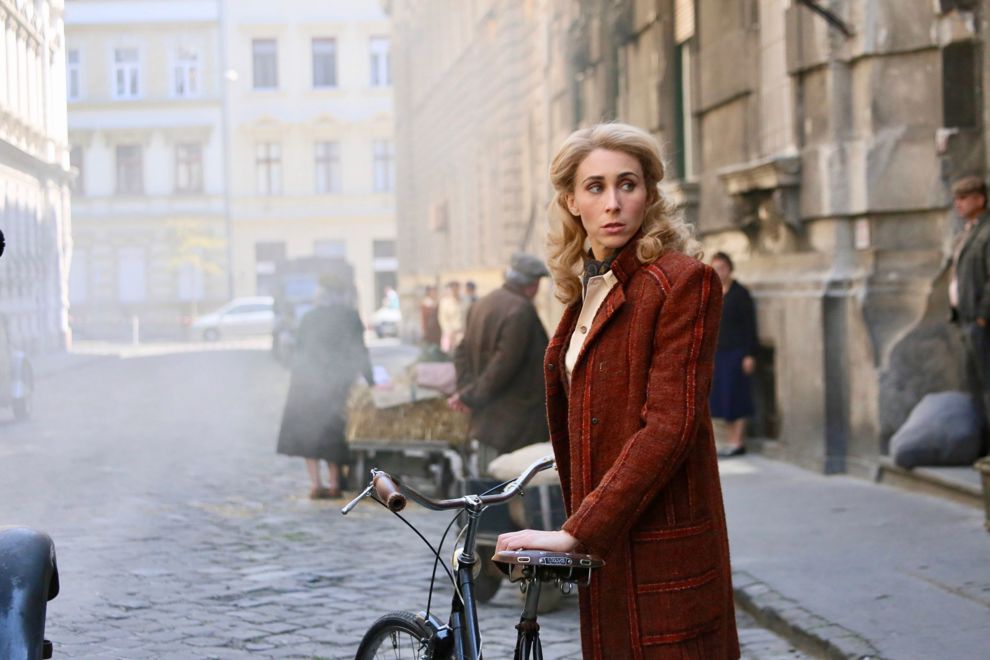
She established the HECKLER network around Toulouse, which gathered information, sabotaged German Army supply lines, and helped downed British pilots escape to safety.
“Virginia was a woman who wouldn’t let any obstacle get in the way of how people perceived her,” says Sarah.
“She was a leader, and the reason she was so dangerous to the Nazis was because she organised the entire resistance in Lyon.
“The astonishing element is that Hall, Khan and the other women – there were 39 in total – were essentially amateurs. They weren’t professional spies but they came together for a common cause.”
Despite a lack of experience, these women formed a vital part of the 470 Britons who were dispatched on missions armed with little more than suicide pills and weapons hidden in pens and umbrellas. These spies faced constant danger from Nazi troops, double agents, and collaborators who knew they could earn a huge bounty for turning in a British agent.
Noor Inayat Khan’s network was betrayed and she was captured, interrogated and tortured before being shot at Dachau concentration camp. Hall was also compromised by a Nazi agent posing as a Catholic priest but she managed to flee to the Spanish border and then trek over the Pyrenees in the depths of winter.
“I can’t imagine climbing over the Pyrenees in the middle of winter with both legs let alone having to use a 1940s prosthesis, but she did it,” adds Sarah.
“I researched what it would be like to carry that weight over that terrain for some 50 miles, and she would have struggled with her balance and the snow.”
Hall radioed a message to SOE headquarters in Baker Street, London, saying she was worried that Cuthbert might slow her down over the mountain range and her bosses, unaware it was her nickname for the prosthesis, advised: “If Cuthbert slows you down, eliminate him.”
After she reached safety, the SOE refused to send Hall back to France because she was such a prize target for the Germans but, with the US now in the war, she managed to return as an American agent disguised as an old lady to continue relaying vital information to the
Allies and coordinating resistance.
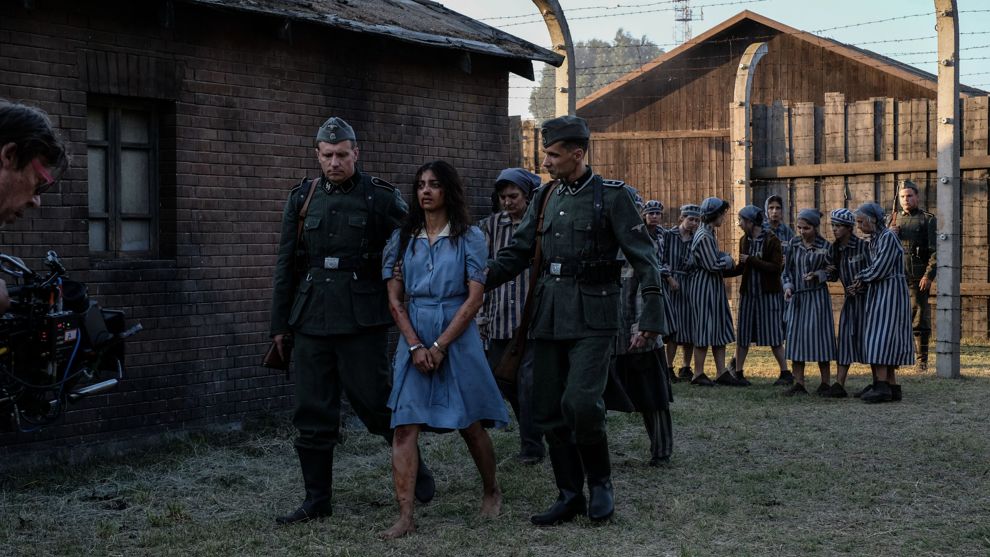
After WWII, in 1947, Virginia Hall joined the CIA and worked as an intelligence analyst specialising in Soviet activities in Europe before retiring in 1966 and living with family on a farm in Maryland until her death, at the age of 76, in 1982. She rarely spoke about her time serving in France and, despite being awarded the Distinguished Service Cross, the second highest American military decoration for valour, Hall’s role in World War II has largely remained in the shadows.
“It was fascinating to research Virginia Hall’s life and make it a central part of a film because the story of the bravery of these women should be told,” says Sarah, who studied at Drama Studio London and the Royal Academy of Dramatic Art (RADA).
“The fact that she achieved what she did with a prosthetic leg is amazing and demonstrates how you can overcome setbacks."
“I hope everyone is engaged by this new story of heroism. It is a film about World War II, but it is also a film about hope, the power of the individual, and how we are able to make a difference with our choices.”
"It must have been a gruelling challenge"
Brian Chenier, BSO (Prosthetics) considers the advances in prosthetics technology over the last 80 years...
At the time of WWII, prosthetics were still based on designs first introduced in the late 17th century and were made from wood, metal callipers and leather harness fastenings, says BSO (Prosthetics) Brian Chenier.
“Comparing the prosthetics of the 1940s to those of today can be likened to comparing a horse and carriage to a family car,” says Brian.
“Virginia Hall’s prosthetic leg would have weighed in the region of 8lbs – that’s almost twice
as heavy as a modern version. It would have been very difficult to walk on and is likely to have been painful. The foot would have been made of wood; solid and with no suspension.
“It is remarkable that she climbed up and down mountain paths with it. There are lots of modern examples of amputee veterans climbing Snowdon, Ben Nevis or even Kilimanjaro, but they have used lighter prosthetics made from modern materials equipped with suspension systems, and ankle and foot components that move to provide extra stability and function. Virginia Hall had nothing at all as she made her escape. It must have been a gruelling challenge.”
Technological advances following WWII saw the introduction of plastic, aluminium and composite materials, along with some major improvements in socket comfort. Today, innovations continue to make prosthetics lighter and more responsive.
“Virginia had none of these advantages,” adds Brian.
“It would have been virtually impossible for her to disguise the limp because her ankle and foot would have been set rigid. She would have had to land her foot flat on the floor and then step over that foot. She would only have felt the ground when the pressure rose through her stump. She was obviously brave and exceptionally resilient.”
A call to spy can be watched on Netflix and YouTube movies
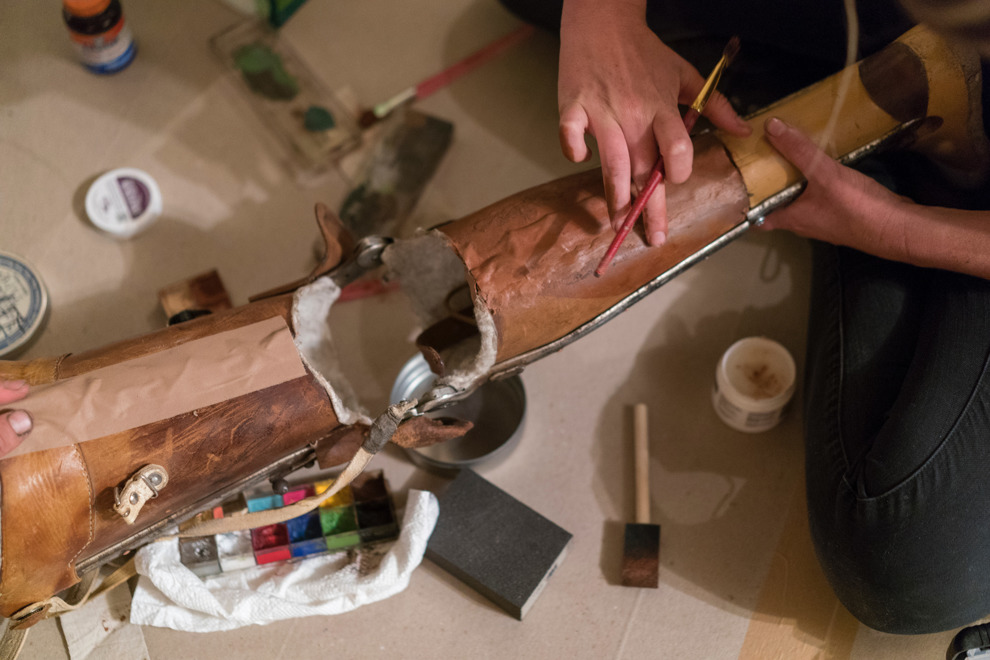
We can help
We are dedicated to assisting serving and ex-Service men and women who have suffered life-changing limb loss or the use of a limb, an eye or sight. We support these men and women in their communities throughout the UK. Click the link below to find out the different kinds of support we offer.
Get Support
Leave a comment
Join fellow Members and supporters to exchange information, advice and tips. Before commenting please read our terms of use for commenting on articles.